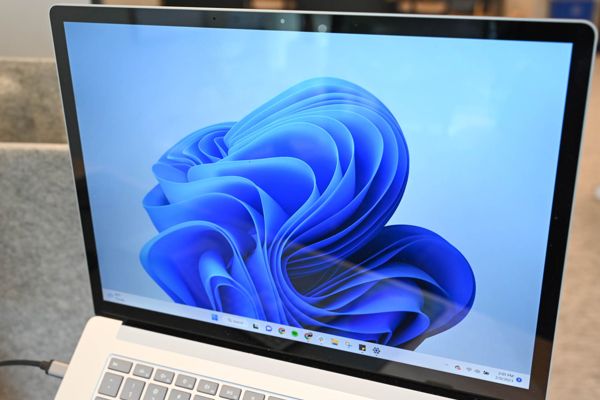
Ultimate Guide to Disabling Hibernation in Windows 11

Learn how to disable hibernation and remove hiberfilsys in Windows 11 to free up space and potentially fix driver issues Also, discover the difference between sleep and hibernate, as well as the best power-saving option for your laptop
What Is the Hibernation File in Windows 11?
By disabling hibernation and deleting the hiberfil.sys file on Windows 11, you can free up storage space and potentially resolve issues with certain drivers. The hiberfil.sys file is where Windows stores your PC's current state when you hibernate it, allowing you to resume your tasks rather than opening your apps and documents from scratch upon restarting your PC. To turn off hibernation, simply open an elevated Command Prompt window and run the "powercfg -h off" command. You can always re-enable it later with "powercfg.exe /hibernate on".
.
Hibernation can be a useful feature to help save time, but if you don't use it, it's best to turn it off to free up valuable disk space. The hibernation file can take up several GBs of space which can be better used to store your apps and files. Additionally, disabling hibernation can help resolve any issues you may be experiencing with certain drivers that don't work well with this mode.
To disable hibernation and remove the hiberfil.sys file, simply execute a command in Command Prompt, similar to how it's done in Windows 10.
To accomplish this, begin by accessing the "Start" menu and locating "Command Prompt". Then, choose "Run as Administrator".
Select "Yes" in the "User Account Control" prompt.
Next, open Command Prompt and enter the following command, then press Enter. The -h parameter refers to hibernation, and "off" indicates that the feature should be disabled.
powercfg -h off
Command Prompt won’t display a success message, but know that your feature is disabled and the relevant file is deleted.
How to Re-Enable Hibernation in Windows 11
In the future, to re-enable hibernation on your PC, run the following command from an elevated Command Prompt window:
powercfg.exe /hibernate on
From now on, you’ll be able to use hibernate again, and the hiberfil.sys file will again be present on your hard drive.
Frequently Asked Questions
- What’s the Difference Between Sleep and Hibernate?
When you put your Windows computer into Sleep mode, it stores all your open apps and documents on the RAM. On the other hand, Hibernate saves those items onto the hard drive. While in Sleep mode, your PC still consumes some power, but Hibernate allows your PC to shut down completely.
Sleep mode is a great option if you plan to leave your computer unattended for a short period. However, if you're not going to use your PC for an extended period, Hibernation is a better option.
- Does Hibernate Save More Energy Than Sleep?
Hibernate is a more energy-efficient option compared to Sleep. This is because hibernation allows your PC to shut down completely, whereas Sleep mode keeps your open apps and documents in RAM, which can cause data loss if the machine is turned off.
- Is It Better to Shut Down, Sleep, Or Hibernate My Laptop?
If you plan to step away from your PC for a short period, use Sleep mode as it allows for a faster wake-up time. However, if you won't be using your machine for an extended period, Hibernate is the better option as it saves all your open apps and documents onto your hard drive, ensuring no data loss. It is important to note that if you experience any issues when booting up your PC from hibernation, it is recommended to shut down your machine.
If you’re looking for other ways to optimize your PC, learn how to choose when Windows 11 turns your screen off or how to free up space on your disk in Windows 11.















